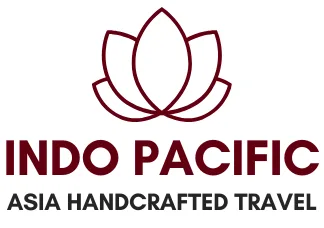Ho Chi Minh Mausoleum in Hanoi – A Revered Landmark of Vietnam
Located in the heart of Hanoi, the Ho Chi Minh Mausoleum is one of Vietnam’s most significant landmarks. With profound cultural and historical importance, this solemn site draws thousands of local and international visitors every year.
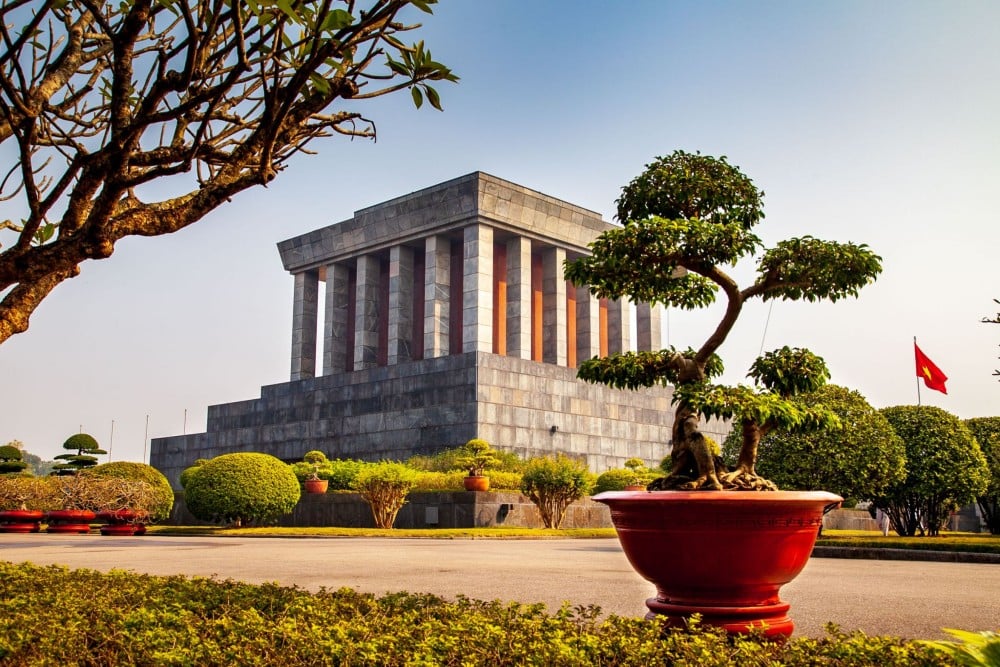
1. Who Was Ho Chi Minh?
Ho Chi Minh, often referred to affectionately as “Uncle Ho,” was a revolutionary leader and the founding father of modern Vietnam. He led the Vietnamese people through decades of resistance against colonial rule and foreign intervention, playing a vital role in securing national independence. His legacy as a symbol of patriotism, humility, and devotion to the people remains deeply cherished.
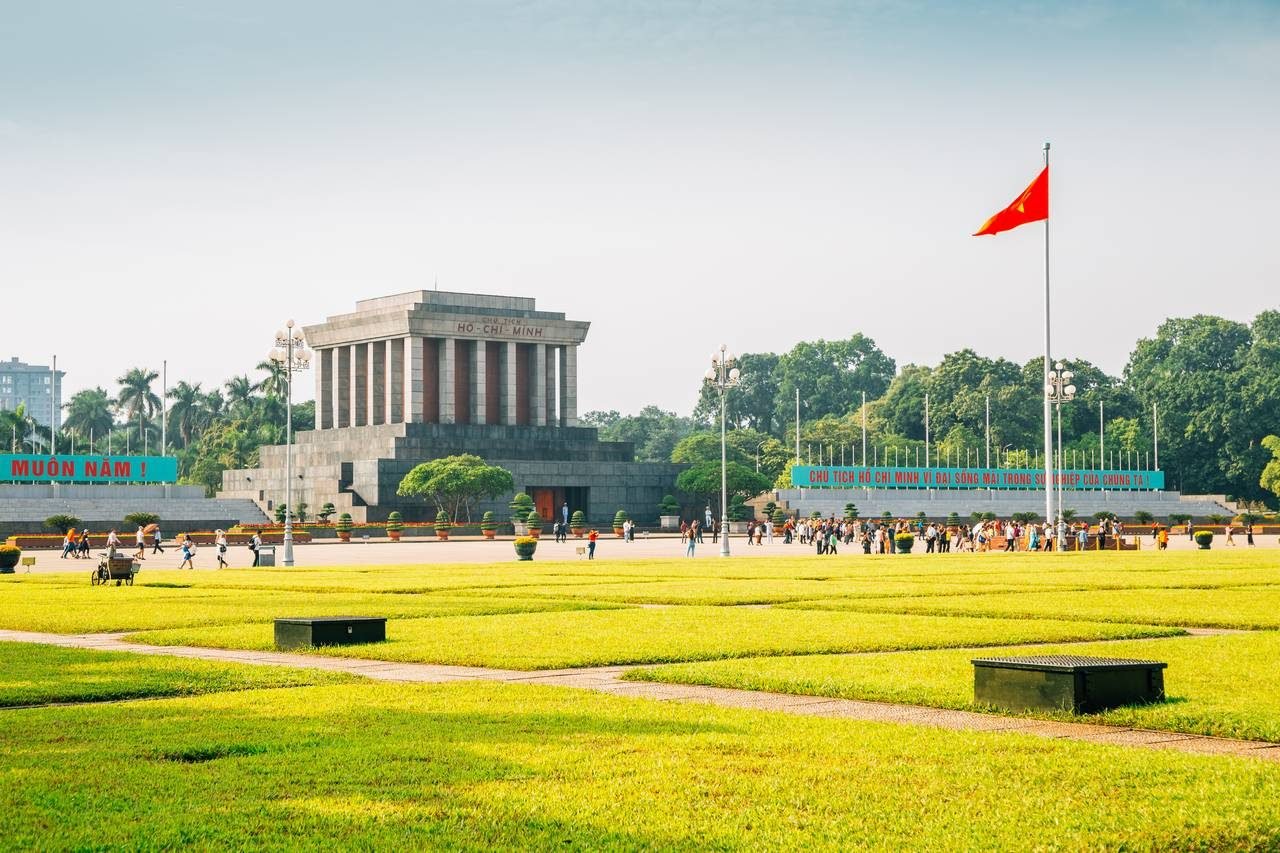
Visiting the mausoleum is not just a touristic activity—many Vietnamese consider it a meaningful pilgrimage to honor the nation’s beloved leader.
2.Where is the Ho Chi Minh Mausoleum located?
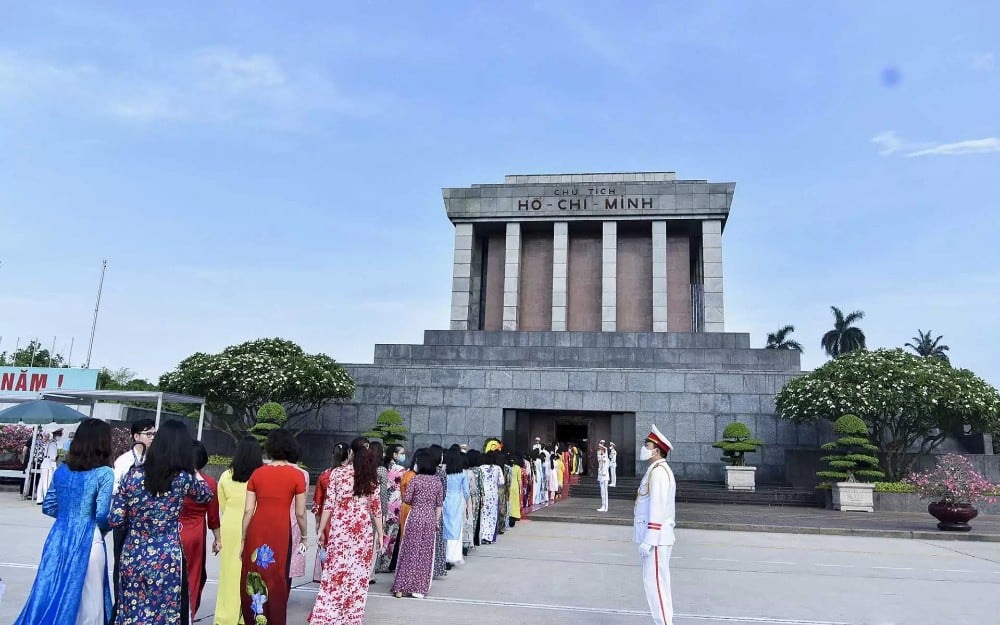
The Ho Chi Minh Mausoleum is situated in Ba Dinh Square, a historically important area where President Ho Chi Minh declared Vietnam’s independence in 1945. The exact address is:
📍 2 Hung Vuong Street, Dien Bien Ward, Ba Dinh District, Hanoi.
How to Get There:
- By Private Vehicle: Park at Ong Ich Khiem Street (opposite the Mausoleum Guard Command) or Ngoc Ha Street (entrance to Ho Chi Minh Museum).
- By Public Bus: Use bus routes 09, 33, 22, 45, or 50, all of which pass near Ba Dinh Square.
3. History and Significance of the Mausoleum

Though President Ho Chi Minh requested to be cremated and have his ashes scattered, the Vietnamese government chose to preserve his body, allowing generations to pay tribute in person. The mausoleum was designed with assistance from the Soviet Union and constructed between 1973 and 1975.
Inspired by Lenin’s Tomb in Moscow but adapted to Vietnamese traditions, the mausoleum has become a powerful symbol of national pride and gratitude.
4. The Preserved Body of President Ho Chi Minh
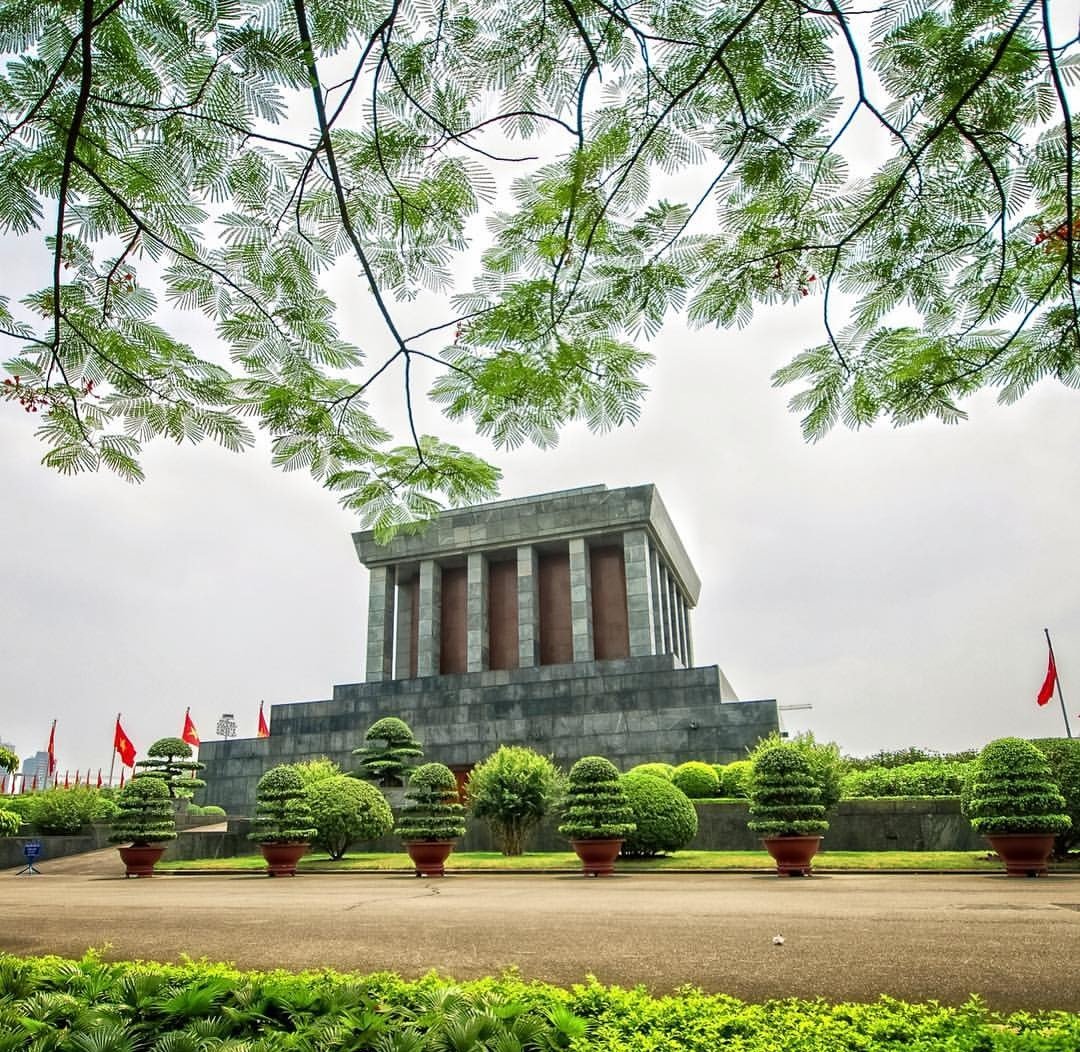
After his death on September 3, 1969, a joint team of Soviet and Vietnamese experts embalmed President Ho Chi Minh’s body and placed it in a glass coffin inside the mausoleum.
Following the dissolution of the Soviet Union, Vietnam worked with Russia to ensure the continuation of preservation methods domestically. Today, this effort stands as a symbol of the nation’s enduring respect and admiration for its leader.
5. Architectural Highlights

The mausoleum is an imposing granite structure standing 21.6 meters tall and 41.2 meters wide, consisting of three layers designed to withstand natural disasters and wartime threats.
Key features include:
- Gray granite exterior and marble pillars
- The Crimson Jade Inscription of “CHỦ TỊCH HỒ-CHÍ-MINH”
- A solemn interior with red-pink marble walls and a gold-plated signature of Uncle Ho
- A glass sarcophagus containing his embalmed body, guarded by four soldiers
Surrounding the mausoleum is a lush landscape featuring over 250 plant species from all over Vietnam, each with symbolic connections to Ho Chi Minh’s life and legacy.
6. Visitor Information
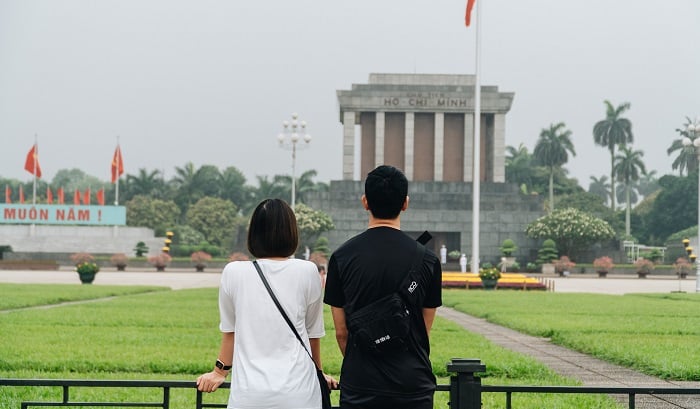
6.1. Opening Hours
🕒 Operating Days:
- Open: Tuesday to Thursday, Saturday, and Sunday mornings
- Closed: Monday and Friday, and all afternoons
🕒 Time Slots:
- Summer (Apr 1 – Oct 31): 7:30 AM – 10:30 AM
- Winter (Nov 1 – Mar 31): 8:00 AM – 11:00 AM
- On weekends and public holidays, hours may be extended by 30 minutes
🕔 Flag Ceremonies:
Don’t miss the flag-raising at 6:00 AM and flag-lowering at 9:00 PM at Ba Dinh Square—both are touching patriotic events.
6.2. Entrance Fee
🎟️ VND 25,000 (approx. USD 1.07) per person.
6.3. Rules and Regulations
Visitors Must Adhere to Important Rules and Regulations:
- Wear Appropriate and Respectful Attire
- Go through security screenings
- Remain Silent and Refrain from Disruptive Actions
- Do not take photos inside the mausoleum room
- Take Off Hats and Keep Hands Visible
- Always Follow the Instructions Given by the Staff
7. Other Notable Sites Within the Ho Chi Minh Complex
A visit to the mausoleum is often paired with exploring the surrounding historic sites:
7.1. One Pillar Pagoda
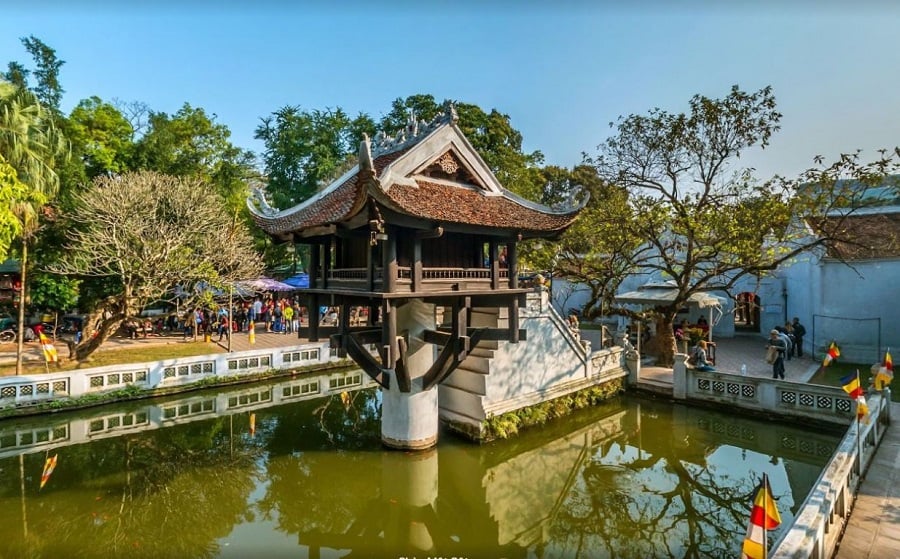
A unique and iconic Buddhist temple located nearby, known for its lotus-shaped structure.
7.2. Ho Chi Minh’s Stilt House
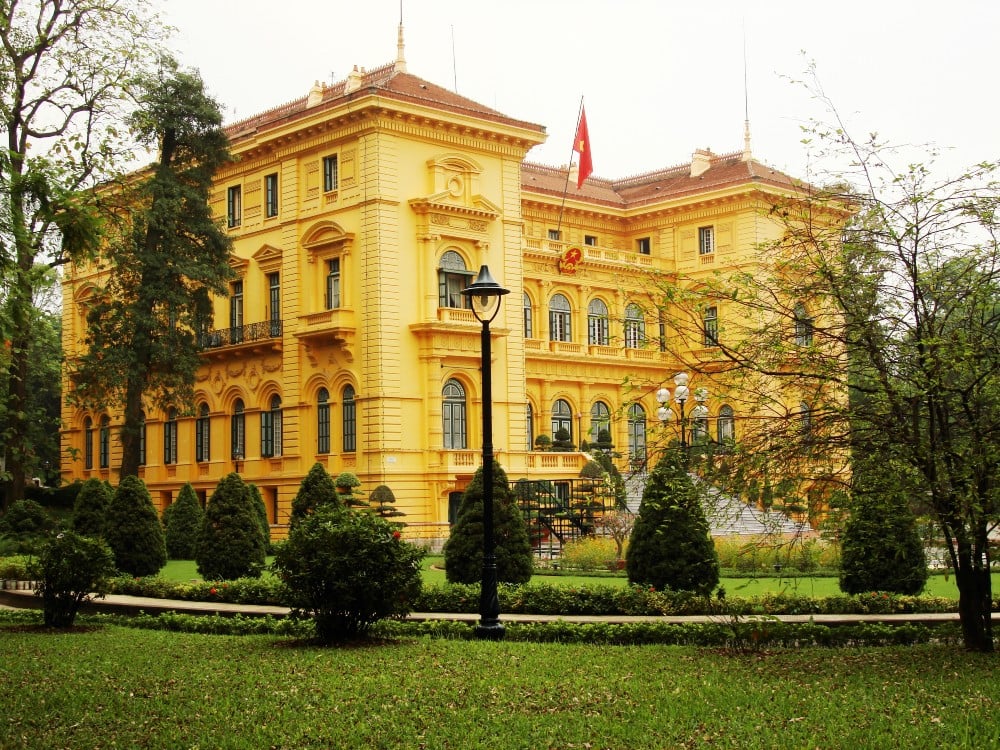
The humble wooden house where Ho Chi Minh lived and worked, preserved just as he left it.
7.3. Ho Chi Minh Museum
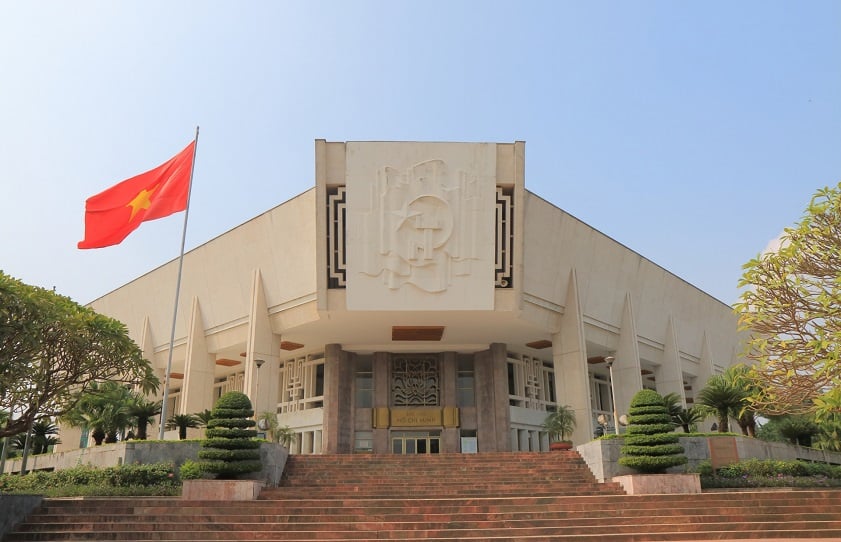
A modern museum showcasing the revolutionary life and ideals of President Ho Chi Minh.
7.4. Presidential Palace
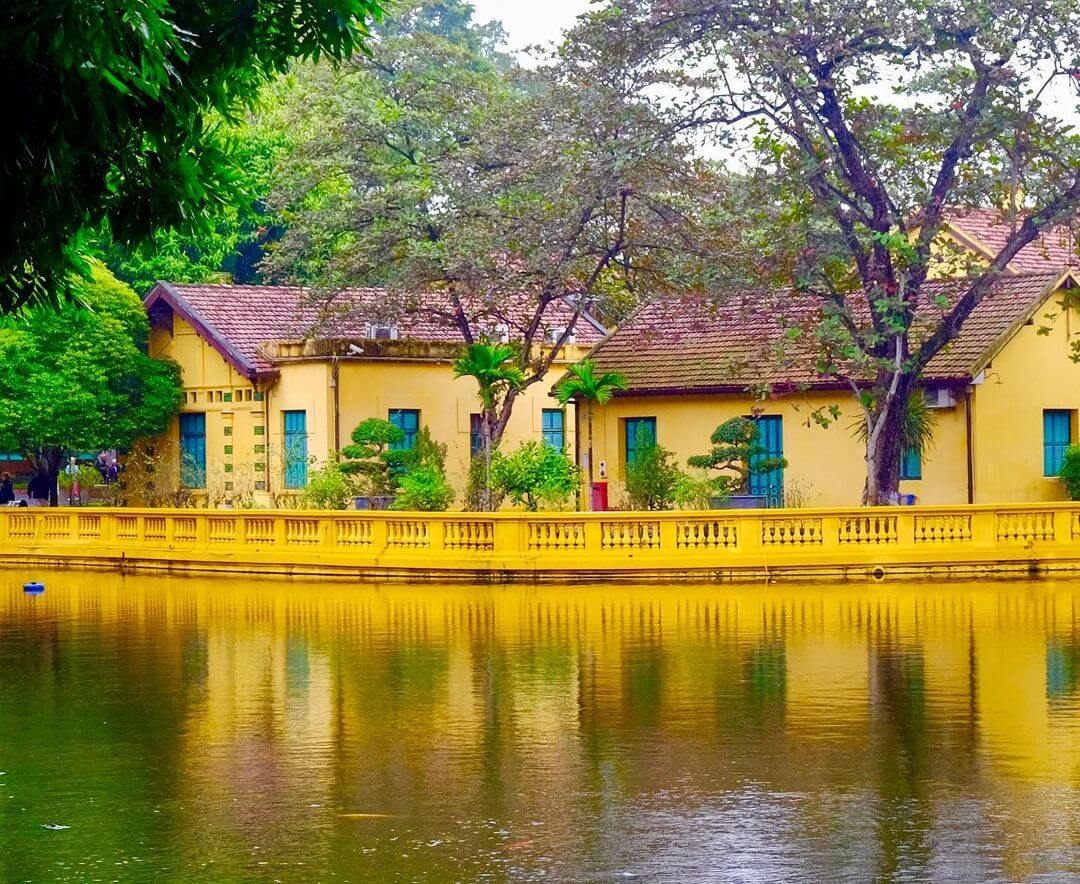
An elegant French colonial building that Ho Chi Minh refused to live in, choosing the stilt house instead.
Final Thoughts
The Ho Chi Minh Mausoleum is more than a tourist destination—it’s a place of national remembrance and respect. Whether you’re a history enthusiast or a traveler eager to understand Vietnam’s soul, a visit here offers deep insight into the nation’s journey and its revered leader.

